Kieslowski’s final film brilliantly questions the nature of privacy, fate and guilt in this probing tale of morality and choices.
Dir. Krzysztof Kieslowski
1994 | Switzerland/France/Poland | Drama/Mystery | 99 mins | 1.85:1 | French
M18 (passed clean) for a brief but strong sex scene
Cast: Irène Jacob, Jean-Louis Trintignant, Frédérique Feder
Plot: Final entry in a trilogy of films dealing with contemporary French society concerns a model who discovers her neighbour is keen on invading people’s privacy.
Awards: Nom. for Palme d’Or (Cannes). Nom. for 3 Oscars – Best Director, Best Original Screenplay, Best Cinematography.
International Sales: MK2
Accessibility Index
Subject Matter: Moderate
Narrative Style: Slightly Complex
Pace: Slightly Slow
Audience Type: General Arthouse

(Reviewed on Criterion Blu-ray – first published 10 Dec 2014)
Spoilers: No
The great Krzysztof Kieslowski passed away two years after the release of Three Colours: Red, the final film of his quite short-lived career, but a wonderful career nevertheless. It is also the final film of his ‘Three Colours’ trilogy, giving one of cinema’s most triumphant of closures to a filmmaker of extraordinary gifts.
He publicly announced his retirement at the Cannes Film Festival, where the film competed, but ultimately lost the Palme d’Or to Tarantino’s Pulp Fiction (1994).
Red is about fraternity which the colour is symbolic of. The fraternity is between a young model named Valentine (Irene Jacob) and an older man, simply known as the Judge (Jean-Louis Trintignant), whom she encounters by chance when an injured dog leads her to his home.
Valentine finds out that the Judge is obsessed with listening to his neighbours’ phone conversations, and an intriguing story develops.
It is to Kieslowski’s credit that Red doesn’t evolve into or turn out to be a romance film, yet we are invested in the relationship, or rather, kinship between Valentine and the Judge. Through their conversations, Kieslowski reveals our voyeuristic tendencies, questioning the nature of privacy in an increasingly interconnected world.
“I feel something important is happening around me. And it scares me.”
Consider that the film was released in 1994, when interconnectivity seemed primarily limited to landlines, though it was only a matter of a few years before the proliferation of mobile phones and the web sent us into a whirlwind that we could never escape from.
The genius of Kieslowski is that by tapping onto the trope regarding the ethics of privacy invasion, he explores the deeper meanings of fate, regrets and guilt, even of morality and the making of choices.
The final scene, which I will not reveal, is a tremendous, almost metaphysical way of ending the film, evoking a powerful emotional and intellectual reaction that is unique to Kieslowski. I was in some way reminded of this same feeling at the end of his brilliant work A Short Film About Killing (1988).
Jacob and Trintignant give excellent performances, particularly the latter whose character changes his outlook towards life. The subtlety of this change is quite a revelation, proving that you don’t need huge arcs to effect change, just a simple conversation that makes sense.
The ‘Three Colours’ trilogy continues to be the best known work of Kieslowski to the West. It is my hope that you will also be keen to explore his earlier films.
Grade: A
Trailer:
Music:

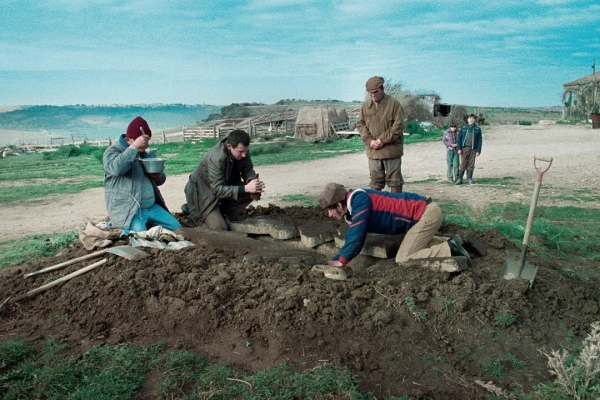
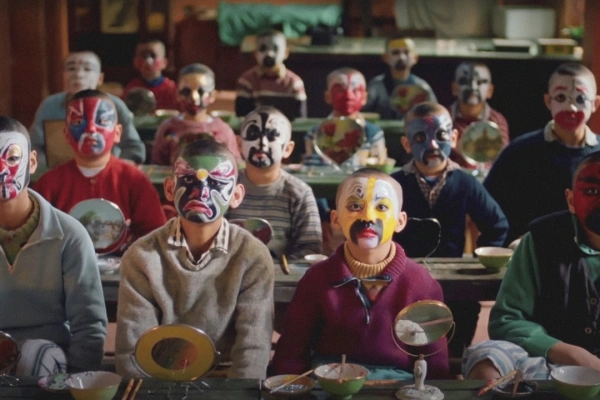
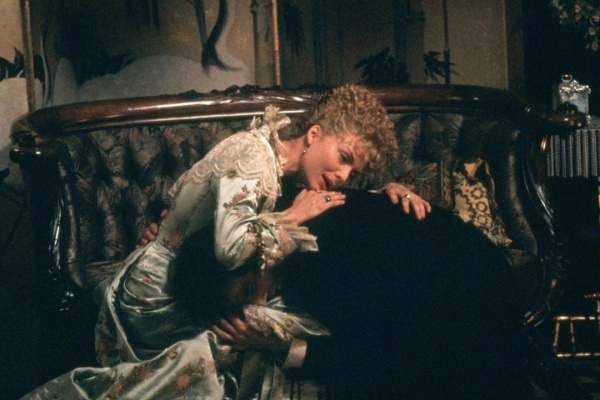



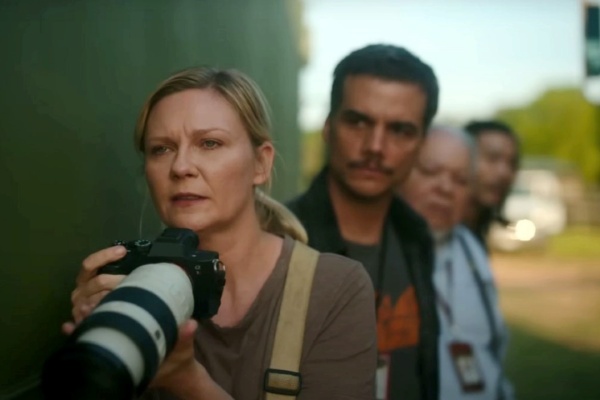

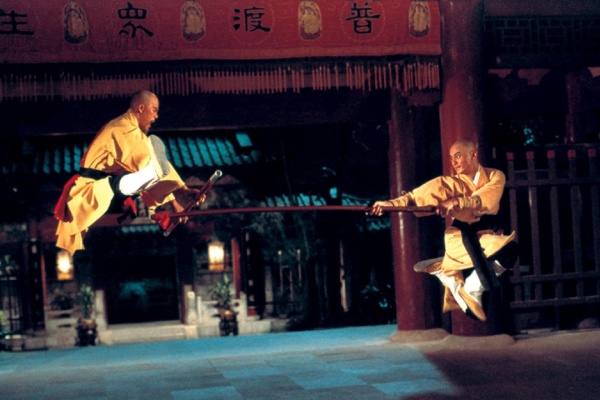


[…] and comes across as fluid as the relationships that connect the characters. Ultimately, like Three Colours: Red (1994), which I think is even better, Blue is a beautiful hymn to what makes us human – our […]
LikeLike
[…] cast give performances of the highest calibre. Jean-Louis Trintignant (The Conformist, 1970; Three Colors: Red, 1994) plays Georges, and Emmanuelle Riva (Hiroshima mon amour, 1959) plays Anne, the unfortunate […]
LikeLike
[…] not as thematically unified or powerful as Blue (1993) or Red (1994), White has its little charming quirks that are pretty much absent in the other […]
LikeLike